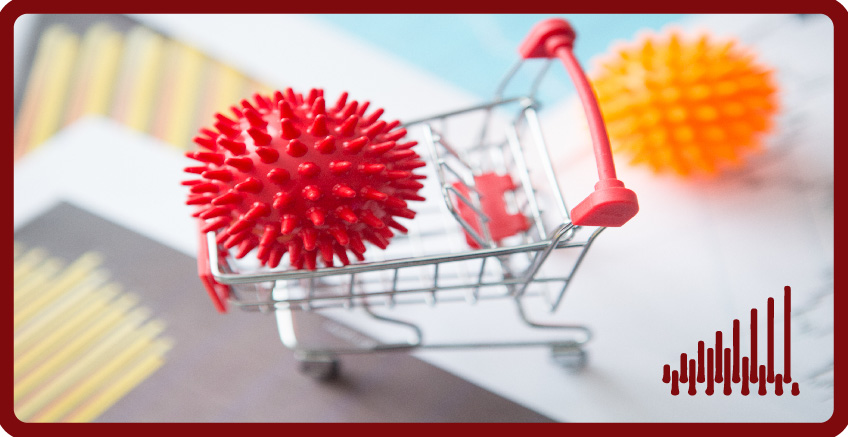The Lockdown Weighted inflation CPI-LW for August 2020
This blog is written by NIESR Fellow Huw Dixon. Any opinions expressed in the paper are those of the author, and do not necessarily reflect the views of the Institute
Summary
The CPIH measure of inflation has decreased to 0.5% in August 2020, from its July level of 1.1%. The CPILW fell by less, with an August value of 1.0% down from the previous month 1.2%.

This blog is written by NIESR Fellow Huw Dixon. Any opinions expressed in the paper are those of the author, and do not necessarily reflect the views of the Institute
Summary
The CPIH measure of inflation has decreased to 0.5% in August 2020, from its July level of 1.1%. The CPILW fell by less, with an August value of 1.0% down from the previous month 1.2%.
The gap between the official measure using pre-pandemic expenditure weights and the measure using Lockdown weights has thus increased from 0.1% in July to 0.5% in August. This is at its largest level since we started calculating CPILW back in March.
This month, the drop in CPIH was driven largely by the fall in prices in “Restaurants and Café” prices as a result of the “Eat out to Help Out” subsidy that was operative in August. The size of this effect is partly driven by the pre-pandemic weight given to the fall. The CPILW weight is smaller and hence the effect less.
Main Text
The CPILW for August 2020 is 1.1%, slightly down from 1.2 % in July. This is 0.5% above the official CPIH of 0.5%, indicating that the official inflation measure of CPIH has significantly understated inflation.
Since April 2020, the CPIH inflation figures have been constructed using the new methodology outlined ONS 2020 for dealing with the effects of the Corona Virus. As discussed in Dixon NIESR Blog 8th May, this fails to adequately take into account the changes in expenditure shares during the Lockdown. Dixon (NIESR policy paper 16, April 2020) proposed a trial statistic CPILW to measure inflation using guesstimates of the Lockdown expenditure weights. Since then the ONS has published its best estimates of expenditure weights in the second quarter of 2020 (ONS July 2020) and the guestimates of CPILW were I the main consistent with these.
The main reason for the increased difference between CPIH and CPILW is that the CPIH gives much larger pre-pandemic weight to Restaurants and Hotels than the CPILW (and the ONS best estimate of the weight for Q2 is more similar to CPILW than CPIH). Now of course, this is a tricky issue. The CPIH measures the prices post subsidy, which for the meals affected were half price. The revenue for restaurants including the subsidy evidently went up, a lot of meals were sold. However, if one looks at household expenditure over the whole week (not just the days when the subsidy was in force), the question arises as to whether the total household spend on restaurants went up significantly. It will be interesting to examine the data when it comes in. My guess is that even though restaurants are open, their revenue net of subsidy will still be well below pre-pandemic levels.
If we compare the run of CPILW to the run of CPIH figures since March, we can see that whilst both fell rapidly in April, since then CPILW has been much steadier than CPIH. This is because CPIH is being overly affected by falls in certain types of expenditure for which the pre-pandemic weights are too large (Clothing and footwear in April to June, Restaurants and Hotels in August). In these months it has meant that CPIH has been significantly lower than CPILW for all of the months except July.
Further Reading:
ONS Corona Virus and the effect on UK Prices. 5 May 2020. https://www.ons.gov.uk/economy/inflationandpriceindices/articles/coronavirusandtheeffectsonukprices/2020-05-06)
Huw Dixon, How can we measure consumer price inflation in a lockdown? Economics Observatory (25 May 2020).
https://www.coronavirusandtheeconomy.com/question/how-can-we-measure-consumer-price-inflation-lockdown
ONS Re-weighted consumer prices basket – adjusting for consumption changes during lockdown: July 2020. https://www.ons.gov.uk/economy/inflationandpriceindices/articles/priceseconomicanalysisquarterly/july2020

















